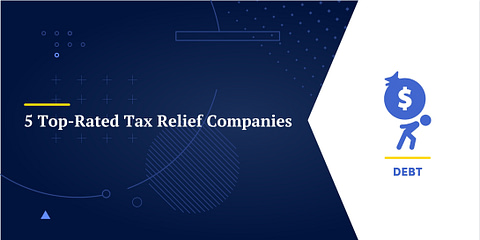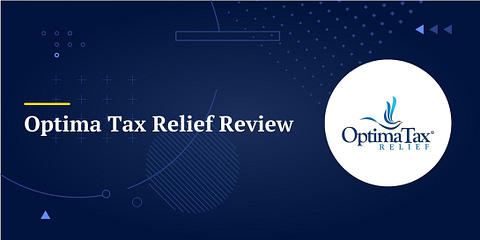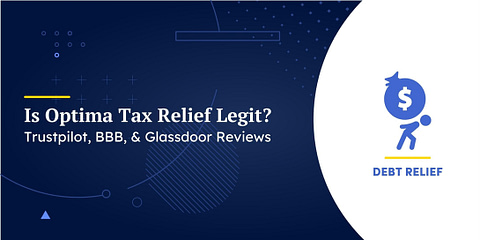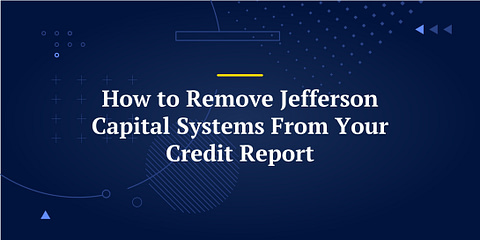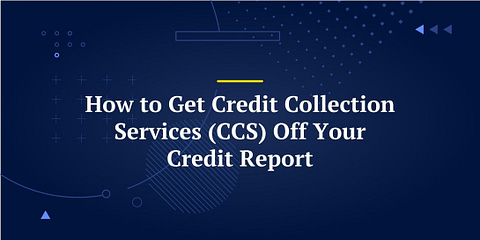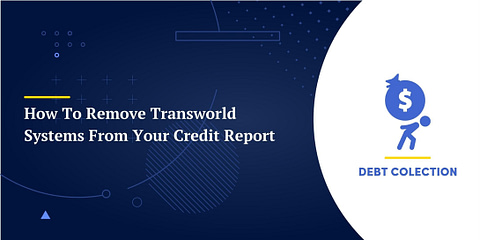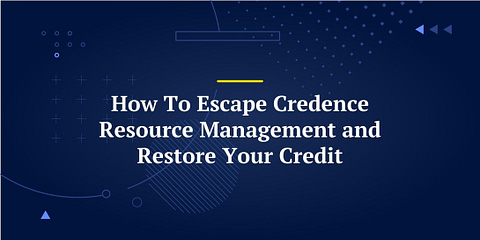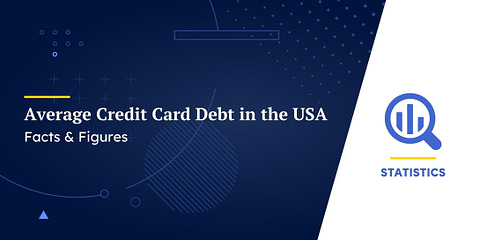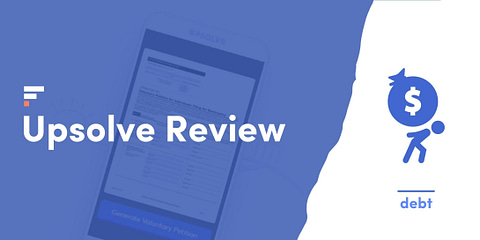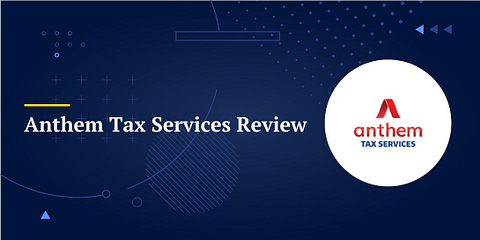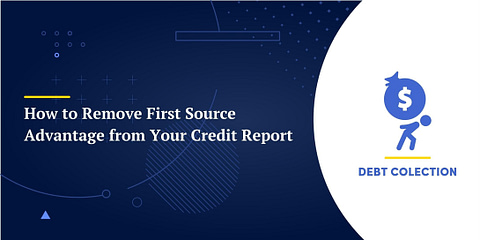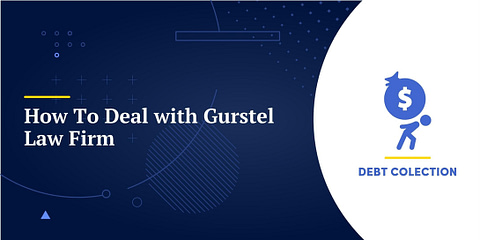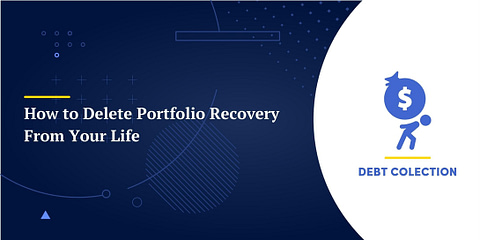Filing for bankruptcy isn’t a decision to make without careful consideration. It’s a complicated procedure with serious consequences and you should understand it before you choose to use it.
If you’ve decided on bankruptcy, you probably know that almost all individual bankruptcies are either Chapter 7 or Chapter 13, named after the chapters that define them in the US Bankruptcy Code. What you probably haven’t seen is a side by side comparison of the differences between the two types of bankruptcy. We’ve done that comparison to make the differences between Chapter 7 and Chapter 13 bankruptcy crystal clear.
Keep in mind that this is an explanation of the differences between these two types of bankruptcy. It will not cover the features that the two processes have in common.
1. The Highlights
Chapter 7
The main highlights of Chapter 7 bankruptcy are:
- The filer’s non-exempt assets will be sold.
- The proceeds from the asset sales will be used to pay off creditors.
- Most remaining unsecured debts will be discharged after the proceeds of the sale are exhausted. The filer will no longer have to pay the debts.
Chapter 7 bankruptcy is known as liquidation bankruptcy. It’s designed for people who are primarily struggling with unsecured consumer debts and have few or no valuable assets.
Chapter 13
The main highlights of Chapter 13 bankruptcy are:
- The filer’s assets are protected.
- Filers have to pay their creditors over time, on a three to five year payment plan supervised by a bankruptcy trustee.
- Most unsecured debts that remain unpaid when the payment plan is complete will be discharged.
Chapter 13 bankruptcy is known as reorganization bankruptcy or the wage earner’s plan. It’s best for people who have enough income to pay their debts and who own valuable assets that they would like to protect from liquidation.
2. Who Can File
Chapter 7
Individuals and businesses can file for Chapter 7 bankruptcy. Individual filers must pass a means test to qualify. There are two ways for bankruptcy filers to do this:
- Their gross household income is below the state median
- They fail the first test, but their disposable income isn’t enough to meaningfully pay back their debts
Both tests demonstrate to the bankruptcy court that the filer is not capable of repaying their creditors. Qualifying via the second option requires a much more complicated calculation than the first.
If you intend to file for bankruptcy and you do not qualify for Chapter 7 you must file for Chapter 13.
Chapter 13
Only individuals can file for Chapter 13 bankruptcy. To qualify, they must have:
- Less than $394,725 in unsecured debts
- Less than $1,184,200 in secured debts
Those limits grow each year to keep up with inflation.
3. The Cost to File
Chapter 7
Filers must pay the following amounts for Chapter 7 bankruptcy:
- $338 filing fee to the bankruptcy court
- ~$1,072 in attorney fees for the average case with assets
Attorney fees might be cheaper for cases with no assets or more expensive in a complex case or if creditors contest the bankruptcy.
Chapter 13
Filers must pay the following amounts for Chapter 13 bankruptcy:
- $313 filing fee to the bankruptcy court
- ~$2,564 in attorney fees for the average case
Attorney fees might be higher in more complex cases.
Attorney fees for both types of bankruptcies also vary according to location. Attorneys in major urban areas may charge significantly higher fees than their rural counterparts. Both forms of bankruptcy also require credit counseling and debtor education courses, and you will pay a fee for these.
If you’re filing a simple Chapter 7 bankruptcy Upsolve may be an option. It’s a free app that has been called “TurboTax for bankruptcy”. The app allows eligible users to complete bankruptcy forms without legal assistance. Learn more in our Upsolve Review!
4. Process Length
Chapter 7
If you file for bankruptcy under Chapter 7 you can expect the process to last between four and six months. That includes everything from filing for bankruptcy to the eventual discharge of unsecured debts.
Chapter 13
If you file for bankruptcy under Chapter 13, expect the filing and bankruptcy proceedings to take several months. Afterward, you’ll have to follow a repayment plan. Repayment plans range from three to five years, depending on your debts and income.
5. How Secured Debts Are Handled
📌 Secured debts are debts backed by collateral, like a mortgage or a car loan.
Chapter 7
Under Chapter 7 bankruptcy, filers can choose to handle their secured debts in one of three ways:
- Release the collateral to the lender and discharge the debt
- Keep making payments on the debt, as long as they’re current and the asset is exempt from sale
- Redeem the debt by paying the creditor the value of the underlying asset
Filers can’t redeem real estate, but it’s unlikely they would be able to afford that anyway. Redemption works best when the value of the asset is less than the balance on the debt.
Chapter 13
Under Chapter 13 bankruptcy, filers will typically have to pay back their secured debts in full. Payment plans will prioritize tax debts, federal student loans, and support orders, but secured debts are close behind.
Because Chapter 13 allows filers to reorganize their debt payments, it can prevent a foreclosure. Filers can catch up and include the original mortgage payments in their plan moving forward.
6. How Unsecured Debts Are Handled
📌 Unsecured debts are debts that are not backed by collateral, like credit card debt and most personal loans.
Chapter 7
Under Chapter 7 bankruptcy, the trustee who handles the asset sale will use the funds to pay any unsecured debts they can. Generally, the courts will discharge any that remain at the end of the process, except for federal debts and support orders. If the debtor has no non-exempt assets unsecured debts will usually be discharged with no payment.
Chapter 13
Chapter 13 bankruptcy filers will generally have to pay as much of their unsecured debt as they can afford to pay. These payments will be part of their payment plan. Generally, unsecured debts take the lowest priority, and are the debts most likely to be left unpaid at the end of a repayment plan. The court will discharge any that remain after the end of the repayment plan.
Federal tax debts and support orders are technically unsecured, but they are not treated as unsecured debts in bankruptcy. These debts get top priority for payment. The court also can’t discharge them at the end of the payment. They have to be paid in full.
7. What Happens to Assets
Chapter 7
Chapter 7 bankruptcy generally liquidates any non-exempt assets to pay the filer’s debts. Exempt assets vary by state, but there are usually provisions for things that the filer needs to live. That might include their house and car (up to a certain limit), clothes, and retirement accounts.
Chapter 13
Chapter 13 bankruptcy doesn’t require filers to give up their assets. There is no liquidation requirement, and as long as they can keep up with payments on any secured debts, they get to keep their collateral.
8. Impact on Your Credit
Chapter 7
Chapter 7 bankruptcy will remain on a filer’s credit report for seven years. Because many debts are discharged completely – meaning the creditors are not paid – the impact on the filer’s credit score is likely to be severe.
Chapter 13
Chapter 13 bankruptcy will remain on a filer’s credit report for ten years. A Chapter 13 bankruptcy involves payments on most debts, so the impact on the filer’s credit may be less severe than the impact of a Chapter 7 bankruptcy.
9. How Long Until You Can File Again
Chapter 7
People who file for Chapter 7 bankruptcy must wait a fixed period of time before filing for bankruptcy again:
- Eight years from the filing date to file another Chapter 7 bankruptcy
- Four years from the filing date to file a Chapter 13 bankruptcy
Note that these periods are measured from the filing date, not the discharge date.
Chapter 13
Under Chapter 13 bankruptcy, filers only have to wait for two years before they can file again. If they want to file for Chapter 7 next, they have to wait six years.
10. How Long Until You Can Apply For a Mortgage
Chapter 7
Here are the mandatory waiting periods before Chapter 7 filers can apply for a mortgage with the following lenders:
- Fannie Mae and Freddie Mac: Four years after the filing date (two with qualifying circumstances). Most conventional mortgage lenders follow these waiting periods.
- FHA loans: Two years after the discharge date
- VA Loans: Two years after the discharge date
- USDA Rural Home Loans: Three years after the discharge date
Note that waiting for these mandatory periods does not guarantee anyone a mortgage after a Chapter 7 bankruptcy. You will still have to meet credit score standards and other requirements.
Chapter 13
Here are the mandatory waiting periods before Chapter 13 filers can apply for a mortgage with those same lenders:
- Fannie Mae and Freddie Mac: Two years after discharge or four years after a dismissal. Most conventional mortgage lenders follow these waiting periods.
- FHA loans: Potentially less than a year after the discharge date
- VA Loans: One year after the filing date
- USDA Rural Home Loans: One year after the filing date
Note that waiting for these mandatory periods does not guarantee anyone a mortgage after a Chapter 13 bankruptcy. You will still have to meet credit score standards and other requirements.
📗 Learn more: Buying a House After Bankruptcy
11. The Main Benefits
Chapter 7
The main benefits of Chapter 7 vs. Chapter 13 bankruptcy are:
- Filers can complete the process in as little as four months
- Filers can get away without having to pay their entire debt balances
Chapter 7 is generally best for people who have low incomes, few assets, and want a fresh start as soon as possible.
Chapter 13
The main benefits of Chapter 13 vs. Chapter 7 bankruptcy are:
- Filers can potentially hold onto all of their assets
- There is less damage to a filer’s credit score
- There are no maximum income limitations
Chapter 7 is generally best for people with relatively high incomes, valuable assets they want to hold onto, and the will to pay their debts in full.
12. The Main Drawbacks
Chapter 7
The main drawbacks of Chapter 7 vs. Chapter 13 bankruptcy are:
- Filers can lose valuable assets
- There is more damage to a filer’s credit score
- People who don’t pass the means test will not qualify
Chapter 7 is generally not a good idea for people with valuable assets that they want to hang onto.
Chapter 13
The main drawbacks of Chapter 13 bankruptcy vs. Chapter 7 bankruptcy are:
- It can take filers over five years to complete the entire process
- Filers may have to pay their entire debt balances
Chapter 13 is generally not feasible or beneficial to people who don’t have enough income to pay their debts.
What They Have In Common: A Fresh Start
Filing for bankruptcy is a serious decision with far-reaching consequences, but it is not a financial death sentence. It will seriously damage your credit scores, but most people who file for bankruptcy have already harmed their credit anyway with missed payments and failed debt relief. On the bright side, many people have better credit a year after their bankruptcy proceedings than they did before they filed.
The key to recovering from bankruptcy is learning from your mistakes. Don’t fall into the same traps that caused you to file in the first place. Live within your means and stay away from credit accounts until you can manage them effectively. Bankruptcy is mean to be a fresh start, and to exploit that fresh start you’ll need to manage your finances effectively.
👉 All bankruptcy processes are heard by federal bankruptcy courts, and the fees and process are the same in all courts. If you’d like to learn about bankruptcy directly from the source, look at the US Courts bankruptcy page!


